Imaging and Spectroscopy
Images and spectra are collected from samples to yield fundamental properties of materials. The sources of these signals are diverse, and require special detection and interpretation systems.
At IMT we develop microscale components and systems to facilitate the noninvasive and none-destructive acquisition of highly resolved data from composite and structural material as well as from biologically relevant samples. In the interaction of electromagnetic waves with matter, a range of phenomena yield information about the interiour, such as absorption, phase, dark field contrast, but also through the interaction with molecular degrees of freedom such as spin or rotation. Imaging and spectroscopy at the microscale require exquisitely accurate microcomponents, such as X-ray and visible light optical elements in the form of microlenses and gratings, or microscale NMR and ESR detectors, and the co-integration with system functions, microfluidics, and electronics.
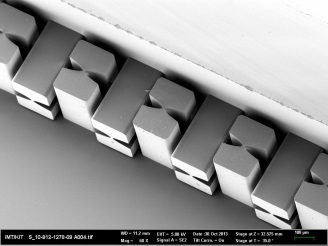
Our research activities concentrates on the fabrication of new X-ray optical components like X-ray lenses, gratings, apertures, etc. and their application in X-ray microscopy and X-ray interferometry with X-ray and lab sources. Based on these components we are developing new imaging modalities together with our collaboration partners.
Emerging Optics for X-ray Imaging (D. Kunka)
Applied X-ray Imaging Systems (A. Last | P. Meyer | M. Börner)
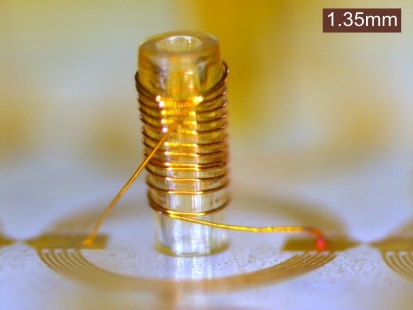
Miniaturized detectors for nuclear magnetic resonance (NMR) spectroscopy and imaging allow for superior spectral resolution and increased signal to noise ratio compared to classical NMR detectors. We employ microfabrication technologies to develop ultra-sensitive microresonators for sub-µl sample volumes.
Magic Angle Coil Spinning Detectors (V. Badilita)
Helmholtz MR Coils (V. Badilita)
Miniaturized NMR Applications (J. J. Brandner)
Novel Miniaturized NMR Detectors (J. G. Korvink)
Striplines (N. MacKinnon)
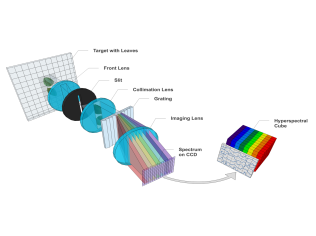
Hyperspectral imaging provides spatially resolved spectral information to help reveal the composition of an object. In order to enable portable low-cost hyperspectral imaging systems, we develop miniaturized active optical components using microfabrication techniques.
Hyperspectral Imaging (V. Badilita)
Optical Tweezers (V. Badilita)
NMR and Optical Analysis (J. J. Brandner)
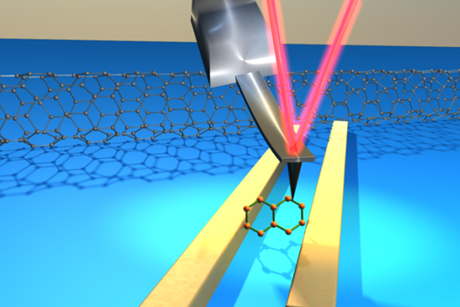
Scanning probe microscopy techniques like atomic force microscopy (AFM) allow the imaging of sample surfaces down to the atomic-scale in ambient conditions as well as in liquids and vacuum. The sample topography as well as elastic, magnetic, electrical, thermal, and chemical properties can be recorded with high spatial resolution.
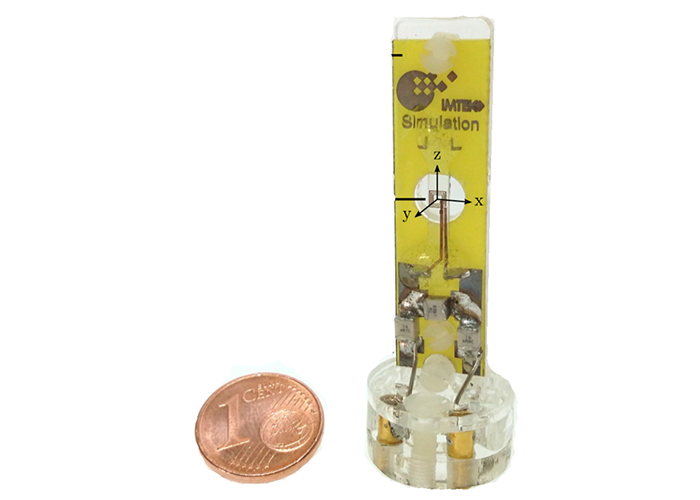
Micro-MR coils either have a simple solenoidal shape or are tedious to fabricate. Using inkjet printing we can fabricate precisely shaped coils with a defined complex shape in a short concept to device time frame.
Coil Design (M. Jouda)
Customised Coils (J. G. Korvink)
Coil Fabrication (D. Mager)
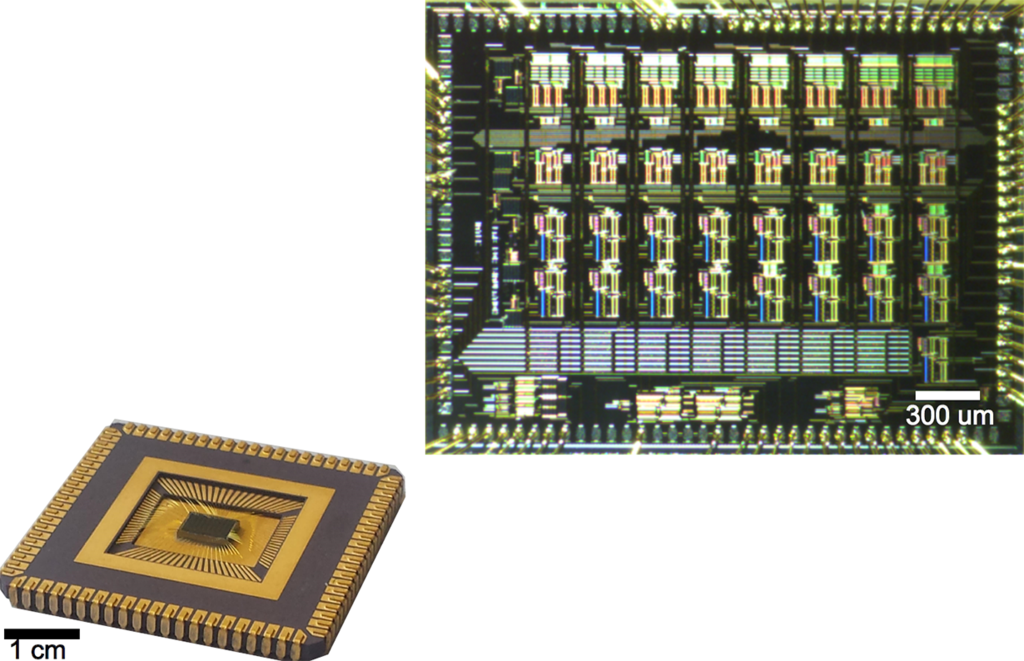
The great advances in CMOS integrated electronics have found their way in many different applications, especially in areas where space is extremely limited. However, in magnetic resonance imaging (MRI) and nuclear magnetic resonance (NMR) spectroscopy, the use of CMOS is still in its infancy. Here we develop innovative CMOS integrated circuits that provide solutions to various problems associated with MRI and NMR.

